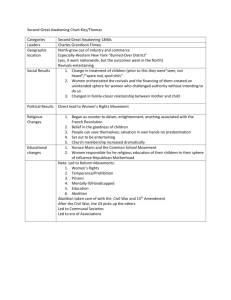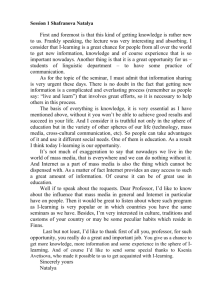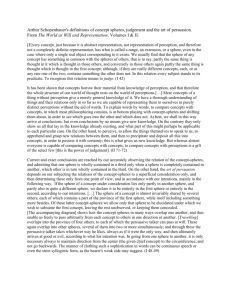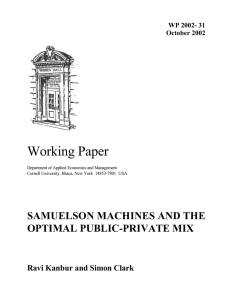Abstract
advertisement
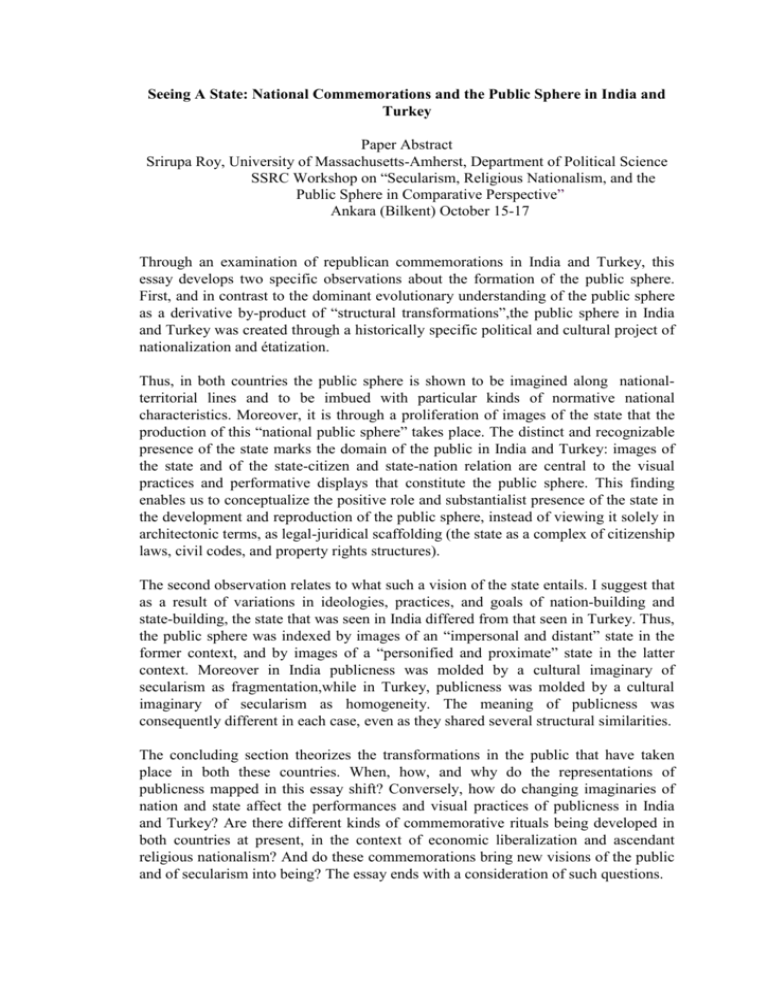
Seeing A State: National Commemorations and the Public Sphere in India and Turkey Paper Abstract Srirupa Roy, University of Massachusetts-Amherst, Department of Political Science SSRC Workshop on “Secularism, Religious Nationalism, and the Public Sphere in Comparative Perspective” Ankara (Bilkent) October 15-17 Through an examination of republican commemorations in India and Turkey, this essay develops two specific observations about the formation of the public sphere. First, and in contrast to the dominant evolutionary understanding of the public sphere as a derivative by-product of “structural transformations”,the public sphere in India and Turkey was created through a historically specific political and cultural project of nationalization and étatization. Thus, in both countries the public sphere is shown to be imagined along nationalterritorial lines and to be imbued with particular kinds of normative national characteristics. Moreover, it is through a proliferation of images of the state that the production of this “national public sphere” takes place. The distinct and recognizable presence of the state marks the domain of the public in India and Turkey: images of the state and of the state-citizen and state-nation relation are central to the visual practices and performative displays that constitute the public sphere. This finding enables us to conceptualize the positive role and substantialist presence of the state in the development and reproduction of the public sphere, instead of viewing it solely in architectonic terms, as legal-juridical scaffolding (the state as a complex of citizenship laws, civil codes, and property rights structures). The second observation relates to what such a vision of the state entails. I suggest that as a result of variations in ideologies, practices, and goals of nation-building and state-building, the state that was seen in India differed from that seen in Turkey. Thus, the public sphere was indexed by images of an “impersonal and distant” state in the former context, and by images of a “personified and proximate” state in the latter context. Moreover in India publicness was molded by a cultural imaginary of secularism as fragmentation,while in Turkey, publicness was molded by a cultural imaginary of secularism as homogeneity. The meaning of publicness was consequently different in each case, even as they shared several structural similarities. The concluding section theorizes the transformations in the public that have taken place in both these countries. When, how, and why do the representations of publicness mapped in this essay shift? Conversely, how do changing imaginaries of nation and state affect the performances and visual practices of publicness in India and Turkey? Are there different kinds of commemorative rituals being developed in both countries at present, in the context of economic liberalization and ascendant religious nationalism? And do these commemorations bring new visions of the public and of secularism into being? The essay ends with a consideration of such questions.


